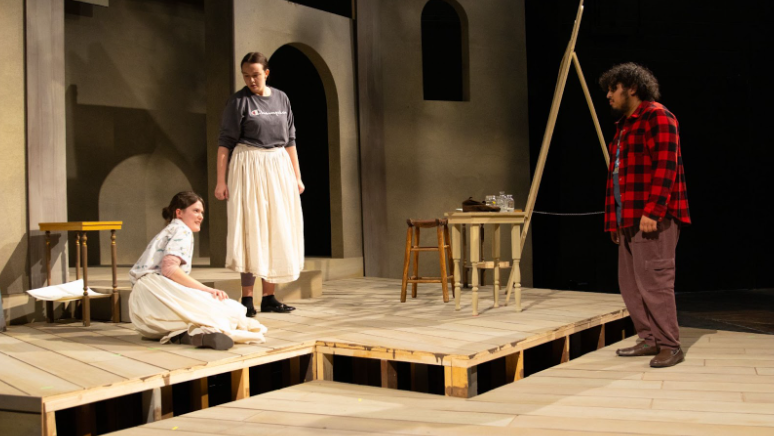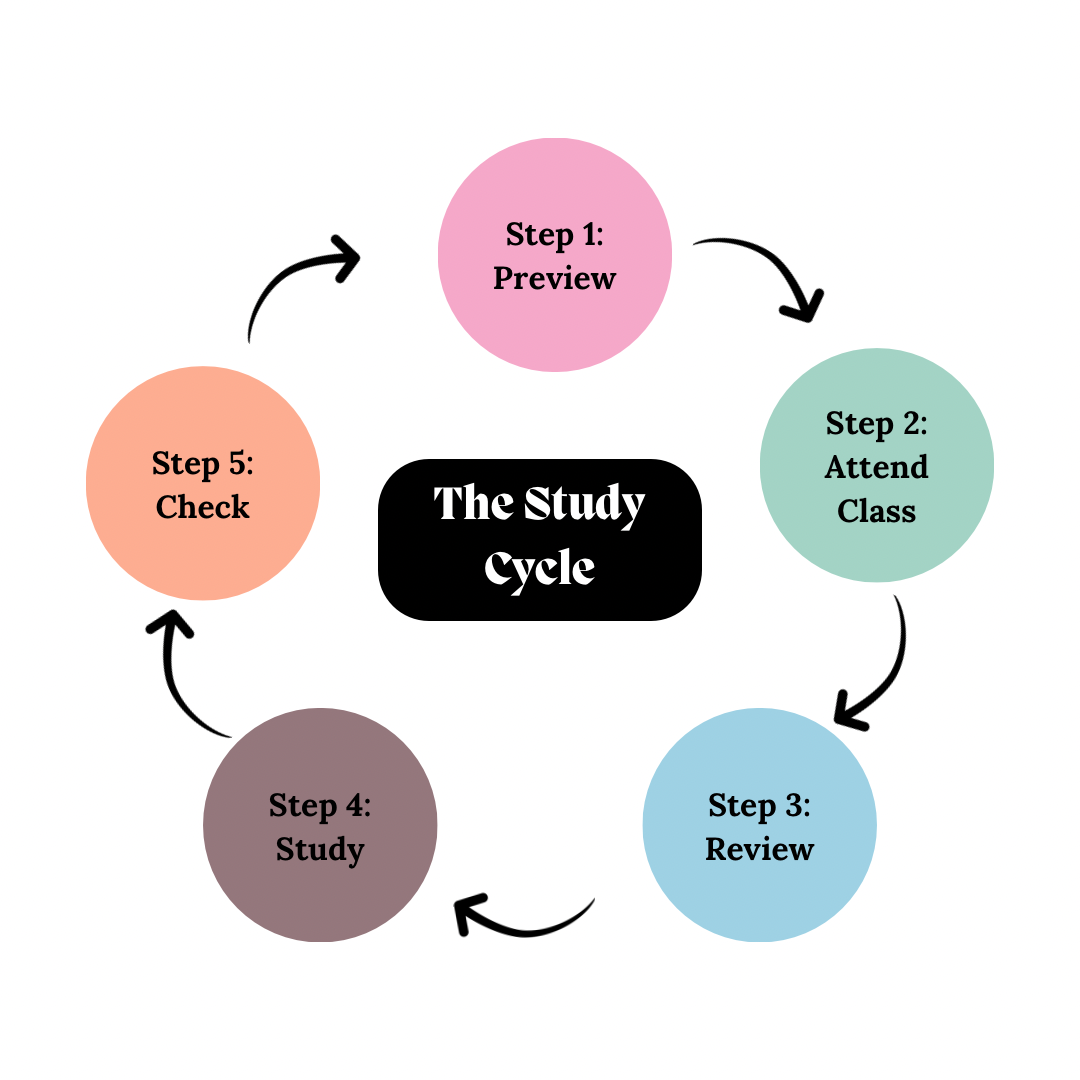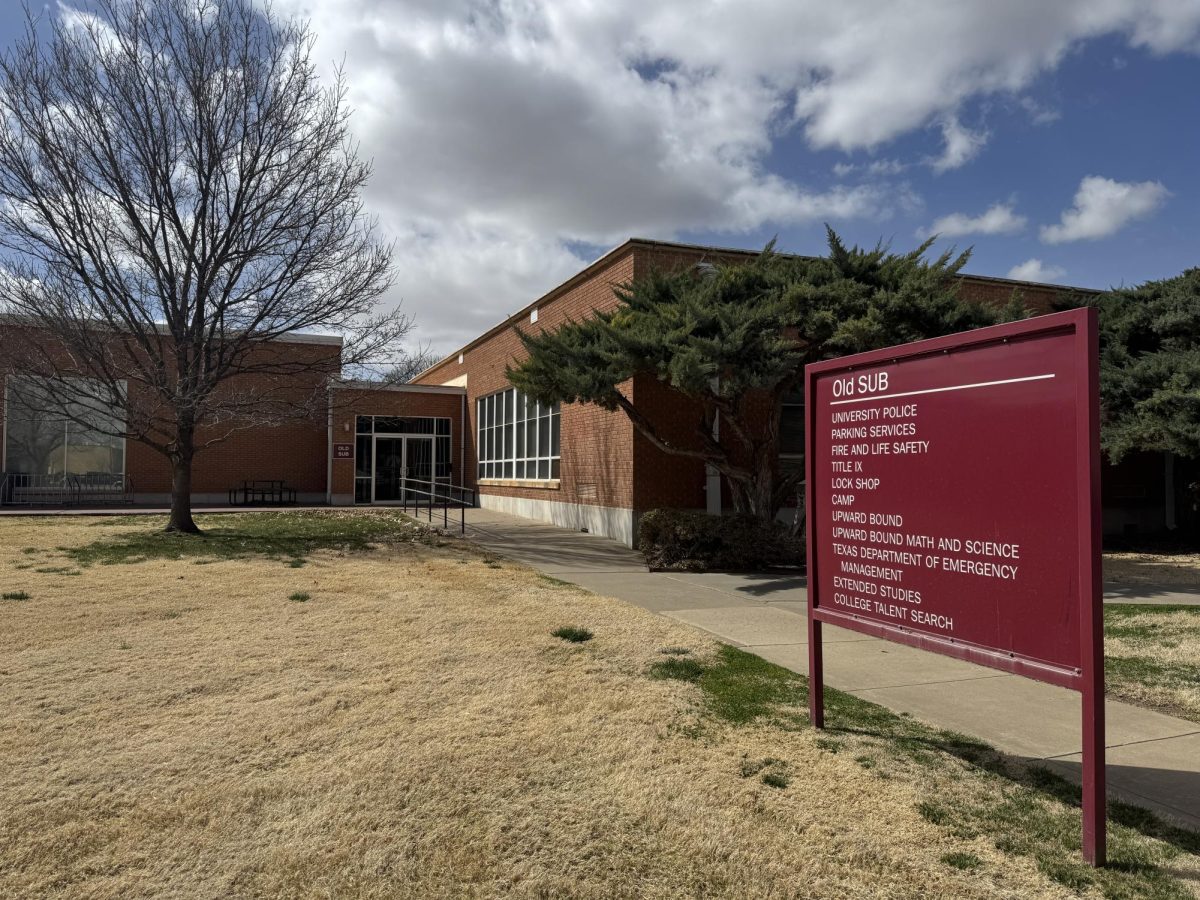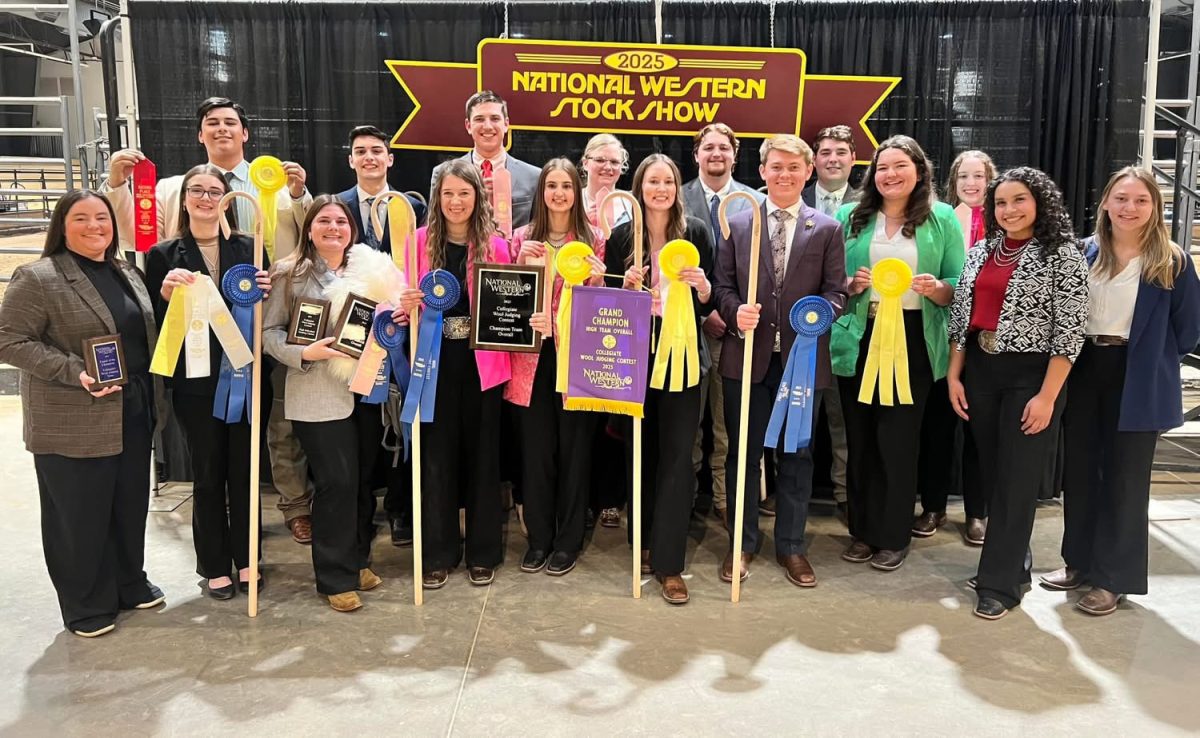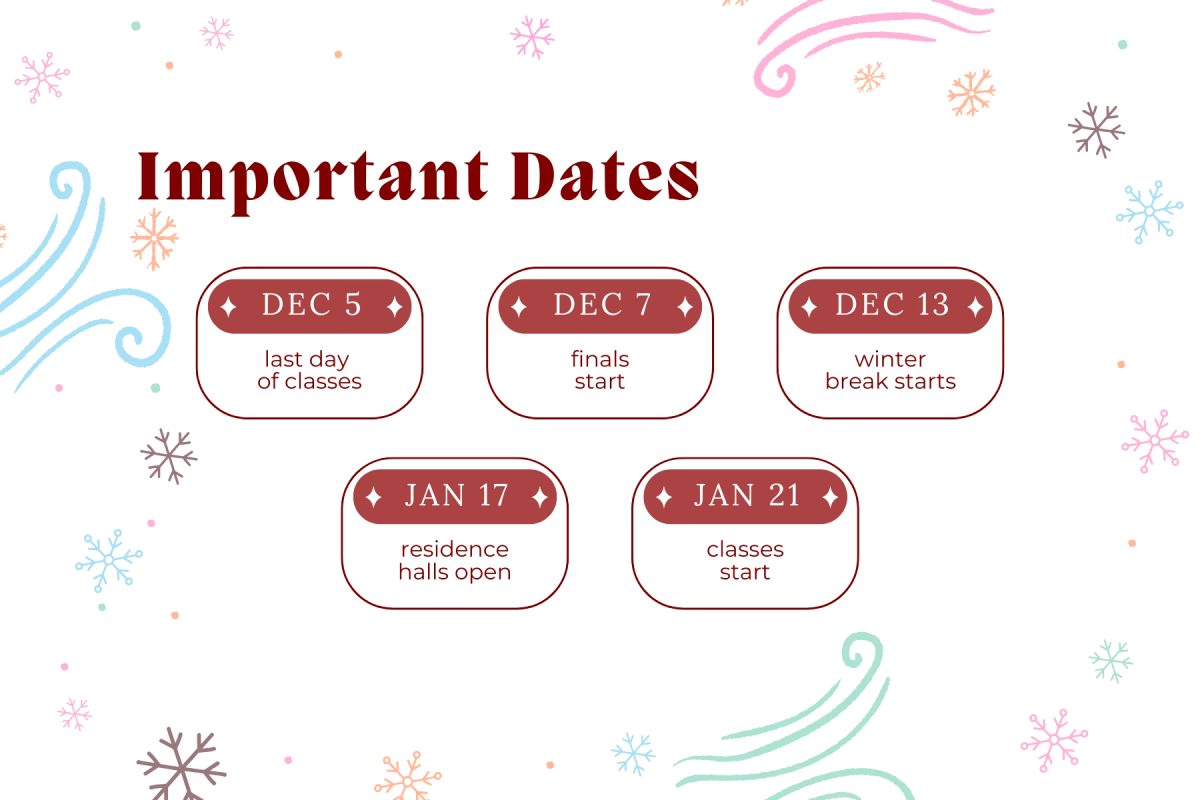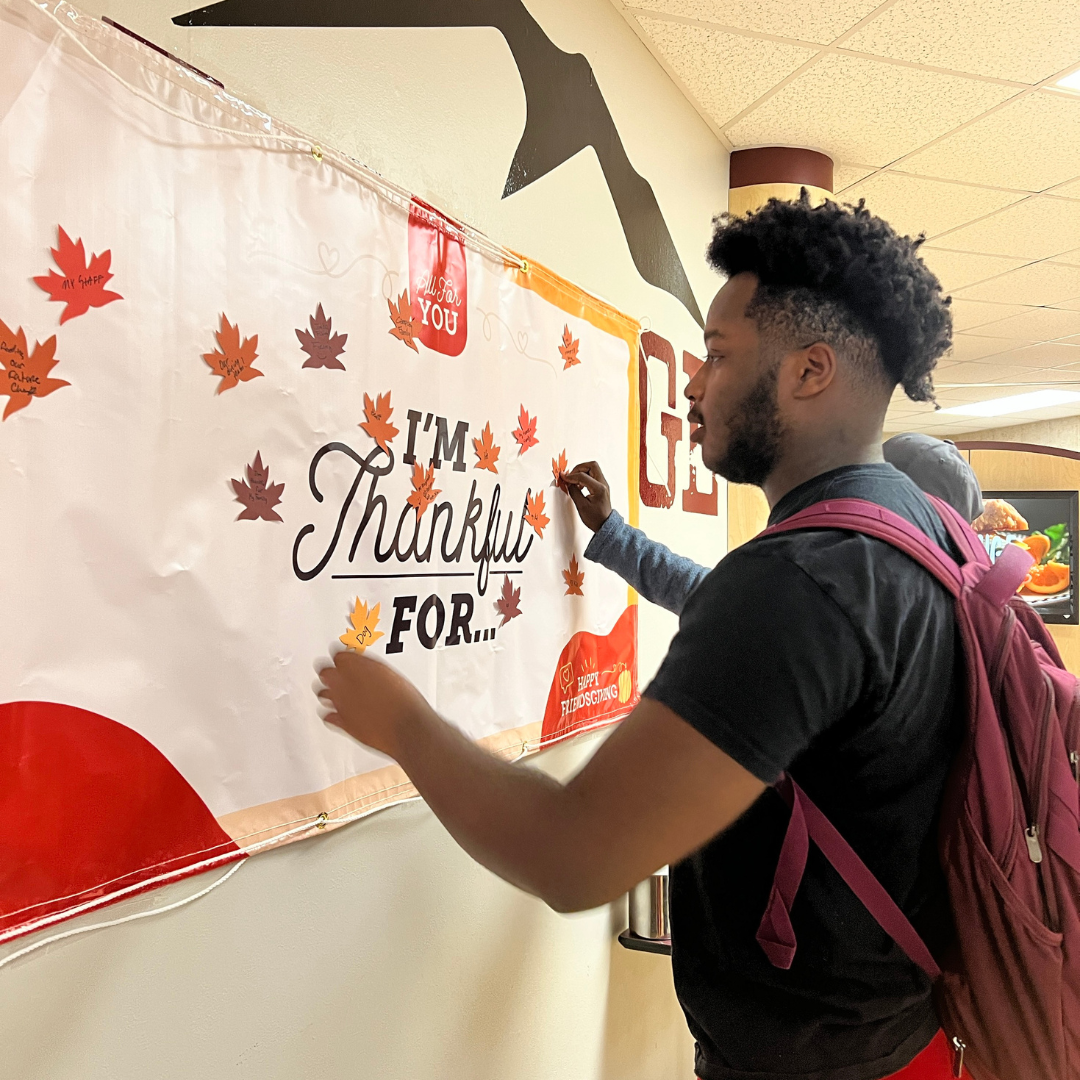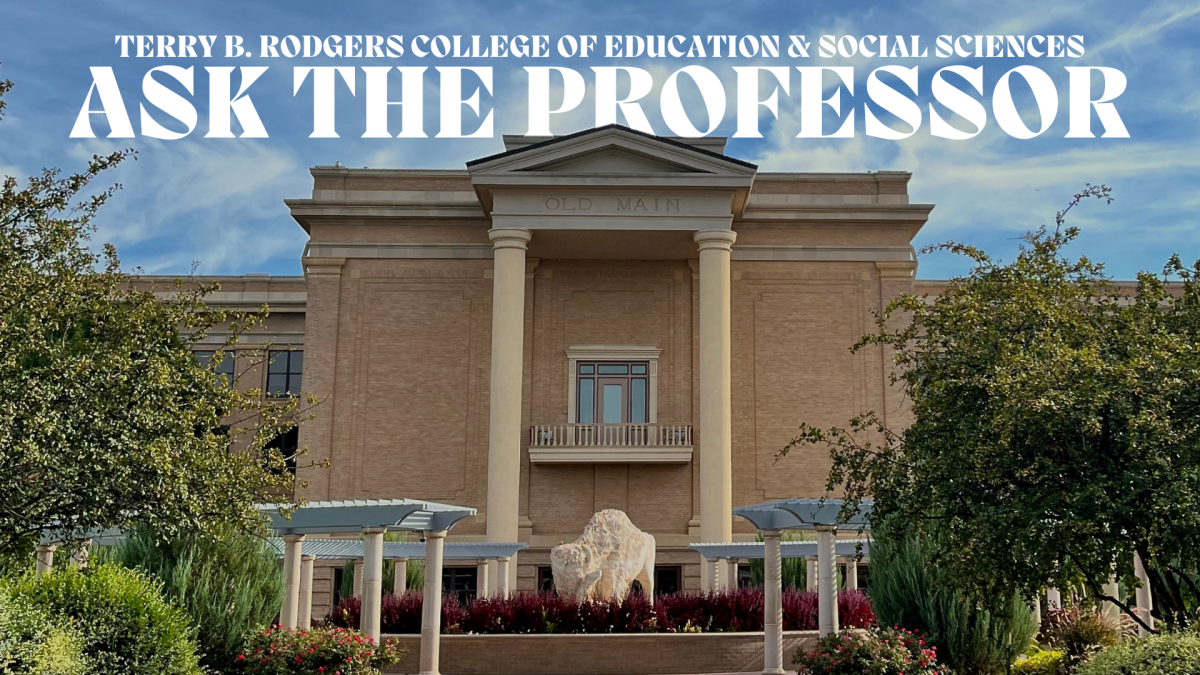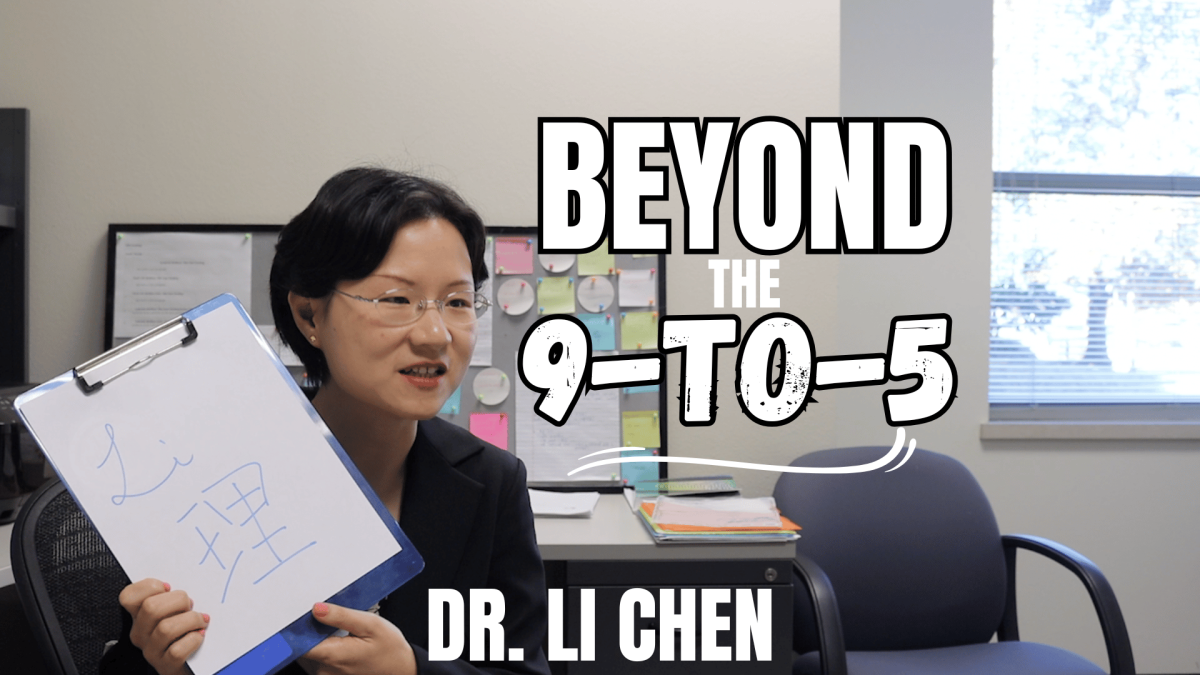West Texas A&M University is home to professors with a wide array of backgrounds, both professional and non-professional. Among these is Dr. Paul H. Clark, professor of History at WT, who holds a doctorate in East Asian History.
Clark seems like the average southerner, but as soon as one steps into his office, it becomes apparent that his interests stretch much further than the United States. The walls are decorated with oriental pictures and paintings, calligraphy hangs next to his degrees and his bookshelves are lined with volumes titled in Chinese and Japanese.
“I was interested in Asia early in my life,” Clark said. “I moved to Japan to teach English. I accepted a position in Tokyo. At the time I had wanted to go into British History. I remember driving through Japan and it occurred to me that I already had the language and cultural skills for East Asia.”
Dr. Clark has spent the last 12 years teaching at WT, and he teaches classes such as Japanese and Chinese History, the History of World War II in Asia, the Age of the Samurai and the Modern Era of Eastern Civilization.
Dr. Clark has recently been awarded a research fellowship through the Fulbright Program and will be returning to Japan within the next year, which was not easily attained.
“The application process was very long and very arduous,” Clark said. “In May of 2013 and 2014 I went to Japan to do preliminary work, and this year I found out my proposal had been accepted. It’s very competitive and it’s a tremendous amount of work. Most professors don’t get one, and most that do are not from regional state schools like ours.”
Laura Seals, Coordinator of Nationally Competitive Scholarships, said there are two approaches to applying for a Fulbright. Students in the final year of undergraduate studies can apply during that year or at any time before they get a doctorate. Faculty members or those who hold a PhD apply as a Fulbright Scholar, rather than applying for a Fulbright Award.
“[Applying as a scholar] is similar in that you are focused on the area of the world or a particular country that matches your research interests and your career,” Seals said. “You choose where to go, and you apply to go there.”
When applying as a scholar, one can go onto the Fulbright website to search for a list of what countries are looking for scholars from the United States. Fulbright Scholars can go as a teacher and teach at a university in the country they choose, or they can apply as a pure researcher and go to the country of their choice to conduct research in their field of expertise. Scholars can also apply to do a mix of the two and go abroad as a researcher and teacher combined.
“As a researcher, those grants are harder to get,” Seals said. “There’s a more rigorous process. The Fulbright program is a really great program [in general]. It takes a lot of research to determine where they want to go and what they want to do or what they want to research.”
During his time in Japan, which will likely be spent at Rikkyo University in Tokyo, Dr. Clark will be doing research in preparation for writing a book about tabloid newspapers, scandals and celebrities in 19th century Japan. He previously published another historical text in 2009, detailing linguistic history in Imperial Japan. For his next manuscript, he plans to apply techniques learned in the classroom to his work in order to draw more interest.
“When you take a class like Age of the Samurai, you expect it’s all going to be battles and violence, and there is that, but there is also serious history that goes with it,” Clark said. “This is a concept I use in my teaching; in the process of reading [my book], you get a lot of fun stuff while also learning some serious history.”
This semester, he is teaching the second round of his Japanese language course.
“I started teaching it in about 2004,” Clark said. “I teach it about every three or four years.”
The class features the essentials of any foreign language instruction: learning vocabulary and grammar, as well as teaching the writing systems of Hiragana, Katakana and Kanji.
“The teaching method is definitely working,” Justin McClanahan, junior Graphic Design major, said. “Most language classes just have you learn by strict memorization, but he teaches you by interacting with the language more.”
Clark also takes time to give insights from his more than 10 years of living in Japan and his knowledge of the culture and history. These “culture moments,” as he calls them, can explain the function or reasoning behind the quirks of the language.
“I love the culture moments,” Edgar Fonseca, junior Computer Science major, said. “The information gives useful insight on what the temperament is toward the language. It’s cool to hear how things work and what the environment is like in another part of the world.”
Clark’s classes are invariably full of a variety of students from different majors, students with different interests and dreams for their future.
“Language is a tool, like math is for a scientist,” Clark said. “It gives access to the culture. My students take Japanese for some different reason. I’d say about one third are bored to tears with Spanish or French, another third are just desperate to learn about East Asia, and another third are manga or anime aficionados. In every class at least two or three students go on to do something related to Japan, some study abroad, but in terms of career it’s usually the two or three from each class.”




